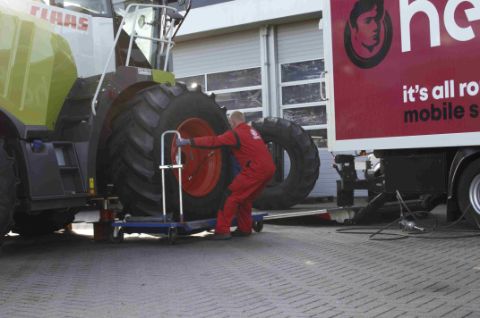Attachment of wheels
Wheel Disc
The disc of the wheel is the connection between rim and wheel hub. With the disc, you attach wheel with tyre to the vehicle. It can be on the hub plate (flange) or on the brake drum.
The shape of the disc is created by several things. Such as the shape of the rim, the axle attachment, the shape and type of the brake. But also by things like loading requirements and that the wheel must look good.
Wheel attachment
Mounting the wheel can be done in a few ways (depending on the vehicle). You need to take into account some things - especially sizes. These are given by the wheel manufacturer following the vehicle specifications. What to look for:
- Hub hole diameter
- Pitch circle diameter
- Number of bolt holes
- Bolt hole diameter
- Type of bolt holes
- Position of the wheel disc (ET value)
Offset or ET-value
The offset, ET value, is the distance from the center of the rim to the attachment of the wheel plate relative to the hub. The offset (ET value) can be positive or negative. Ultimately, then, the vehicle's track width is determined by the flange size / axle length and the offset of the rim.
The offset is positive if the attachment of rear side of the wheel plate relative to the center of the rim is more outward. The offset is negative if the rear of the wheel plate relative to the center of the rim is more inward.
In conclusion
It is also very important to mount the right tires on the right rims (recommended or permitted). Pay attention to the correct width and construction, for example, single-piece or multi-piece.
Like to know more?
Do you need advice? Please contact us, our experts will be pleased to assist you. Contact our experts at +31 (0)523 - 850 850 or by e-mail to info@heuver.com. You can also read all about agriculture on the agricultural knowledge-page.

